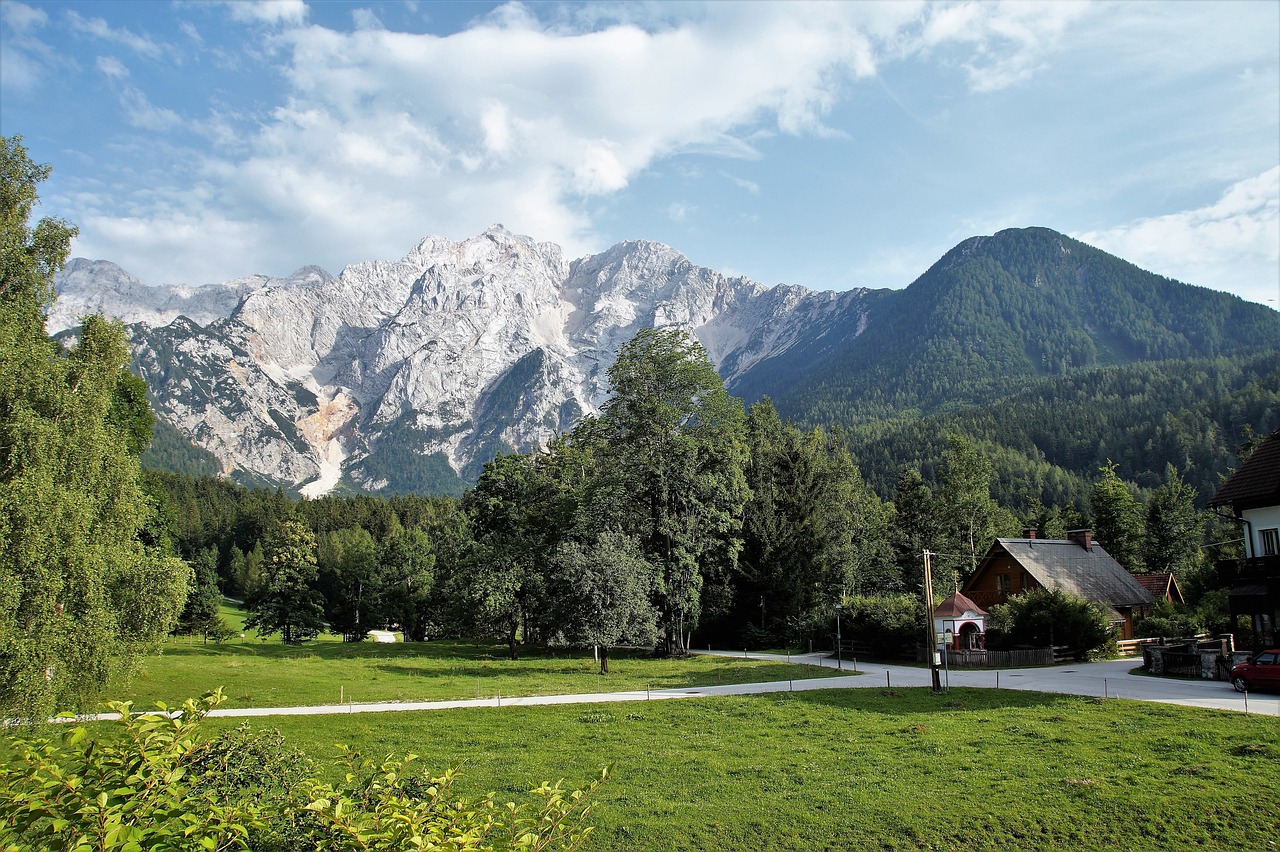Why are Julian Alps Mountains So Prominent?
Unraveling Nature's Masterpiece: Decoding the Secrets Behind Julian Alps' Magnificent Prominence!
Julian Alps Mountains

Standing as a majestic symbol of nature’s grandeur, the Julian Alps Mountains command attention with their rugged peaks, pristine valleys, and breathtaking vistas. Stretching from northeastern Italy to Slovenia, these mountains rise to their zenith at Mount Triglav, Slovenia’s highest peak. Yet, amidst their towering heights lies a question that has intrigued geologists and adventurers for centuries: Why are the Julian Alps mountains so prominent? In this comprehensive exploration, we delve into the geological, geographical, and environmental factors that contribute to the prominence of the Julian Alps, unraveling the secrets of their enduring allure and natural majesty.
Geological Origins: A Legacy of Tectonic Forces
To understand why the Julian Alps mountains are so prominent, we must first examine their geological origins. The Julian Alps belong to the Southern Limestone Alps, a rugged mountain range shaped by the collision of tectonic plates over millions of years. The convergence of the African and Eurasian Plates gave rise to the Alpine orogeny, a period of intense mountain-building activity that reshaped the landscape of Europe. As tectonic forces pushed and folded the Earth’s crust, the Julian Alps Mountains emerged as a prominent feature of the Eastern Alps, characterized by their steep slopes, sheer cliffs, and jagged peaks.
Glacial Sculptors: Shaping the Alpine Landscape
One of the key factors contributing to the prominence of the Julian Alps Mountains is the legacy of glaciation. During the Pleistocene Epoch, vast ice sheets advanced and retreated across the landscape, carving deep valleys, polishing rocky surfaces, and sculpting the rugged terrain of the Alps. Glacial erosion played a significant role in shaping the distinctive features of the Julian Alps, including U-shaped valleys, cirques, and moraines. The erosive power of glaciers left behind a landscape of unparalleled beauty and complexity, further enhancing the prominence of these majestic mountains.
Geological Resilience: Enduring the Test of Time
Despite the erosive forces of glaciation and the relentless march of time, the Julian Alps Mountains have stood resilient against the forces of nature. Composed primarily of limestone, a durable and resistant rock type, the mountains have weathered the effects of erosion and uplift, maintaining their prominent stature over millions of years. Additionally, the geological structure of the Alps, characterized by complex folds, fault lines, and thrust faults, has contributed to the formation of dramatic landscapes and towering peaks, further enhancing the prominence of the Julian Alps.
Environmental Diversity: A Haven for Biodiversity
Beyond their geological and geographical significance, the Julian Alps are renowned for their rich biodiversity and ecological diversity. The mountains are home to a wide variety of plant and animal species, many of which are endemic to the region. From alpine meadows and forests to rocky cliffs and glacial lakes, the diverse habitats of the Julian Alps support a thriving ecosystem, adding to their prominence as a haven for biodiversity and natural beauty. Just as we know Why are Făgăraș Mountains So Prominent?
Cultural Heritage: Inspiring Exploration and Adventure
In addition to their geological and environmental significance, the Julian Alps Mountains hold immense cultural and historical value. For centuries, the mountains have inspired explorers, artists, and adventurers to venture into their midst in search of inspiration and adventure. From the ancient Celts and Romans to modern-day mountaineers and outdoor enthusiasts, the Julian Alps have captivated the imagination with their timeless allure and enduring majesty, further cementing their prominence as a symbol of nature’s grandeur.
Conclusion: Embracing Nature’s Grandeur
In conclusion, the prominence of the Julian Alps mountains is a testament to the geological, geographical, and environmental forces that have shaped their majestic beauty over millions of years. From the legacy of tectonic forces and glacial sculptors to the resilience of their geological structure and the richness of their biodiversity, the Julian Alps Mountains stand as a symbol of nature’s grandeur and enduring resilience. As we marvel at their towering peaks and pristine landscapes, let us embrace the majesty of the Julian Alps and cherish the wonders of the natural world that continue to inspire awe and wonder in all who behold them.
Know More about Julian Alps Mountains.
What Are The Tourist Places Nearest to Julian Alps Mountains?
When Were Julian Alps Mountains Formed?
Where Are Julian Alps Mountains Located?
Who Discovered Julian Alps Mountains?
How to Reach Julian Alps Mountains?




